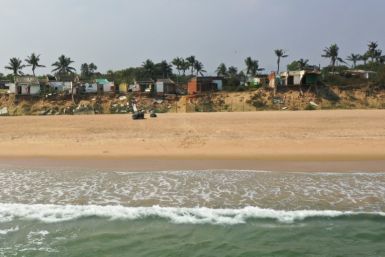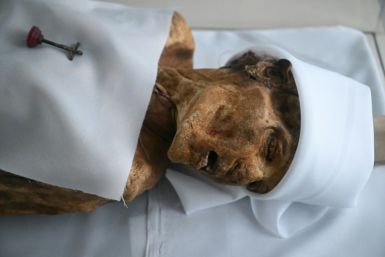Sept 11, 9/11: Photos of 20th Hijacker to Remain Classified – US Court

The photos of a so-called 20th hijacker in the Sept 11, 2001 terror attacks against the United States will remain classified, a federal appeals court ruled on Tuesday.
The judges of the second US Circuit Court of Appeals in New York maintained that all video and photographic images of Mohammed al-Qahtani, a Saudi national, should remain secret because it threatens national security. The latest ruling upheld a 2013 District Court ruling that issued the same verdict.
Al-Qahtani has been held at a prison at the US naval base at Guantanamo Bay, Cuba, since 2002.
In 2012, the Center for Constitutional Rights filed a lawsuit seeking the disclosure of photo images of Al-Qahtani who they claimed was subjected to "aggressive" interrogation techniques. It likewise alleged the Saudi national was tortured after he was taken into military custody.
Citing publicly leaked interrogation logs, Reuters reported that Al-Qahtani was forced into a "special interrogation plan" that included "20-hour interrogations, sleep deprivation, prolonged exposure to cold temperatures, forced nudity, performance of dog tricks while wearing a dog collar, and sexual humiliation."
Read: 11 Aeroplanes Missing in Libya, Feared Could be Used to Stage Similar Terror 9/11 Attacks - Intelligence
Ultimately, Al-Qahtani claimed he was pressured into making a confession.
Circuit Judge José Cabranes wrote in their ruling that releasing such photo images of Al-Qahtani is unacceptable because it "could logically and plausibly harm national security because these images are uniquely susceptible to use by anti-American extremists as propaganda to incite violence against United States interests domestically and abroad."
The Sept 11, 2001 tragedy, which happened under then U.S. President George Walker Bush, were a series of four coordinated terrorist attacks launched on the US by the Islamic terrorist group al-Qaeda.
Four planes were hijacked and used to spread the terror attack. Two crashed into the World Trade Center in New York, one into the Pentagon near Washington, and the last in a western Pennsylvania field.
Nearly 3,000 people died in those terrorist attacks.
Government officials said Al-Qahtani was the intended fifth hijacker on United Airlines Flight 93, one of four planes hijacked by 19 men on 9/11. The aircraft, however, crashed in western Pennsylvania after passengers overpowered the terrorists on the plane.
The US refused Al-Qahtani entry to the country in August 2001. He was later captured after the US invasion of Afghanistan.
The entire court ruling here.






